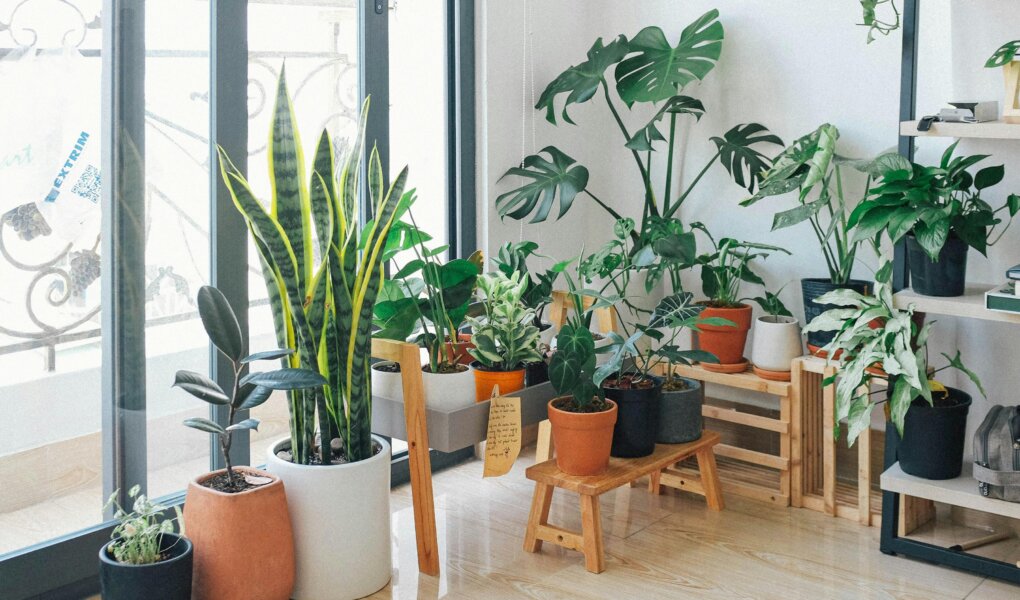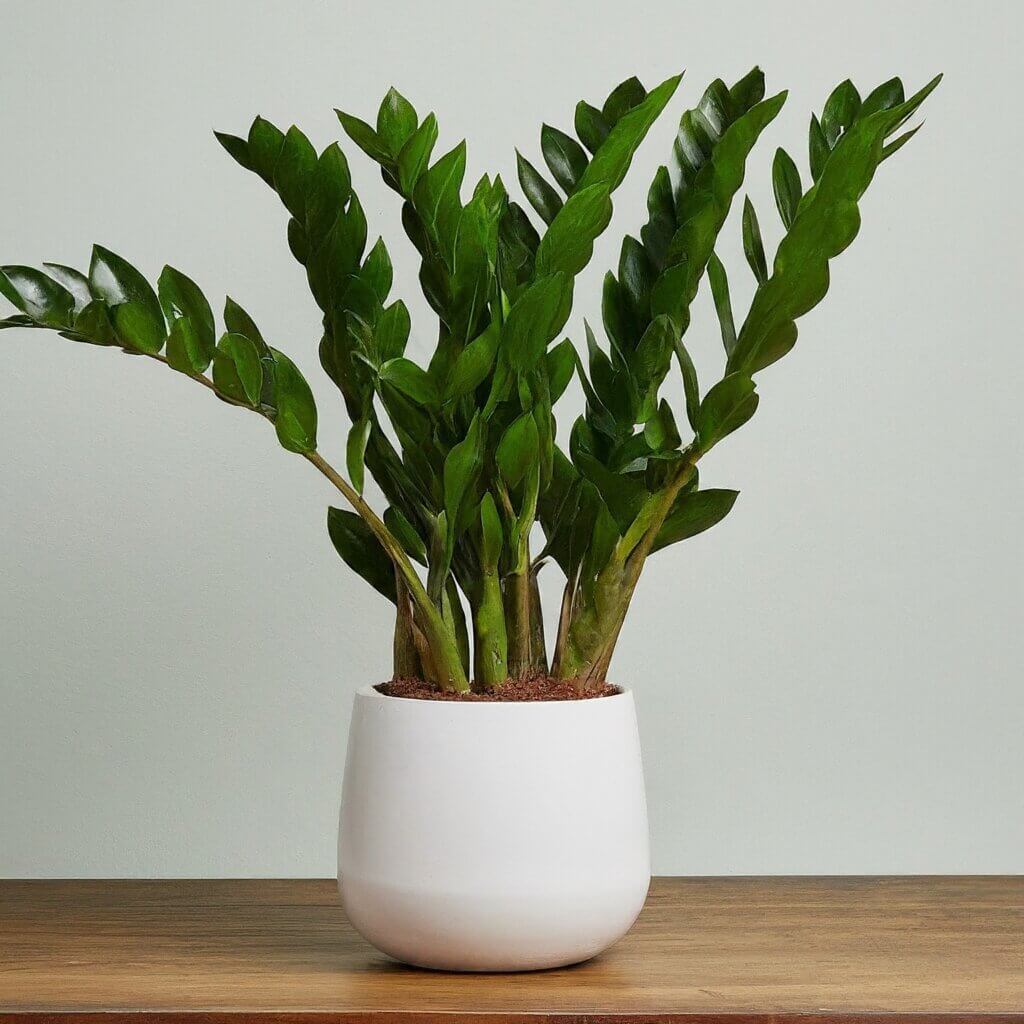
Indoor planting has blossomed into a major trend, and for good reason. Not only does it elevate the aesthetics of your home, but it also purifies the air you breathe and fosters a sense of tranquility. This ultimate guide dives deep into house plant care tips, empowering you to cultivate a thriving indoor garden.
Selecting the Perfect Plant Partners (indoor plants for beginners, easy care houseplants)
The cornerstone of successful indoor planting lies in choosing the right plant companions. Certain varieties flourish better indoors than others. When making your selections, consider these key factors:
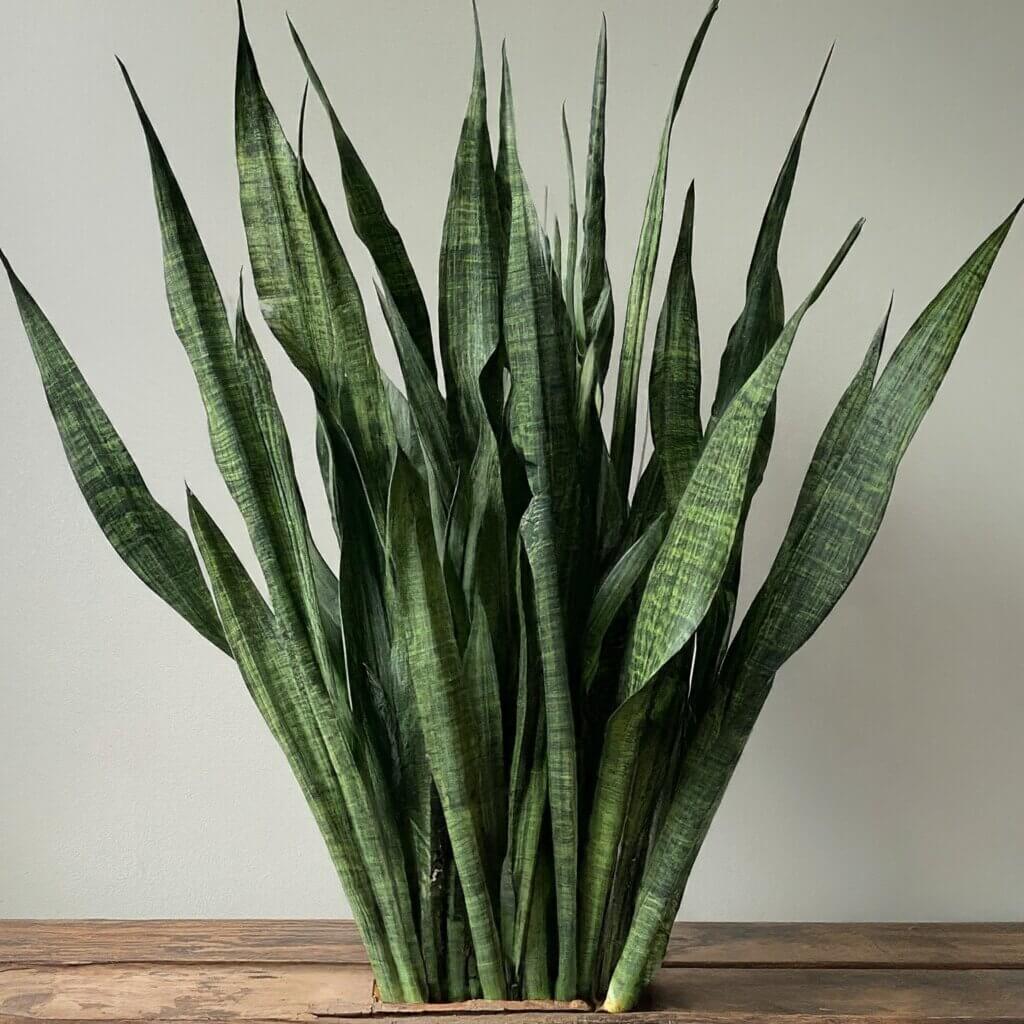
-
Light Levels: Indoor environments often lack the intense sunlight found outdoors. Assess the natural light situation in your home. South-facing windows offer the most intense light, followed by east. North-facing windows provide the least light. Low-light tolerant plants, like snake plants (Sansevieria trifasciata) and ZZ plants (Zamioculcas zamiifolia), thrive in dimly lit areas. Bright, indirect light is ideal for most houseplants, including pothos (Epipremnum aureum) and philodendrons (Philodendron spp.). High-light plants, such as succulents and cacti, require the most sunshine and are best positioned near south-facing windows.
-
Temperature and Humidity: Most houseplants prefer moderate temperatures between 65°F and 75°F (18°C and 24°C). Avoid placing them near drafts, radiators, or air conditioners. Humidity levels tend to be lower indoors than outdoors. Humidity-loving plants, such as ferns and calatheas, appreciate occasional misting or placement on a pebble tray filled with water.
-
Plant Care Requirements: Research the specific needs of each plant you choose. Some plants, like spider plants (Chlorophytum comosum) and philodendrons, are relatively low-maintenance. Others, like orchids (Phalaenopsis spp.), require more specific care routines.
Popular Indoor Plant Options:
- Succulents (Crassula spp., Aloe vera)
- Snake Plants (Sansevieria trifasciata)
- ZZ Plants (Zamioculcas zamiifolia)
- Pothos (Epipremnum aureum)
- Philodendrons (Philodendron spp.)
- Spider Plants (Chlorophytum comosum)
- Fiddle Leaf Fig (Ficus lyrata)
- Peace Lily (Spathiphyllum wallisii)
- Monstera Deliciosa (Swiss Cheese Plant)
Finding the Perfect Place for Your Plant Pals (indoor plant placement)
Once you’ve chosen your botanical buddies, it’s time to discover their ideal indoor haven. Most indoor plants thrive in bright, indirect light. However, some low-light tolerant plants can adapt to shadier corners. Here are some placement pointers:
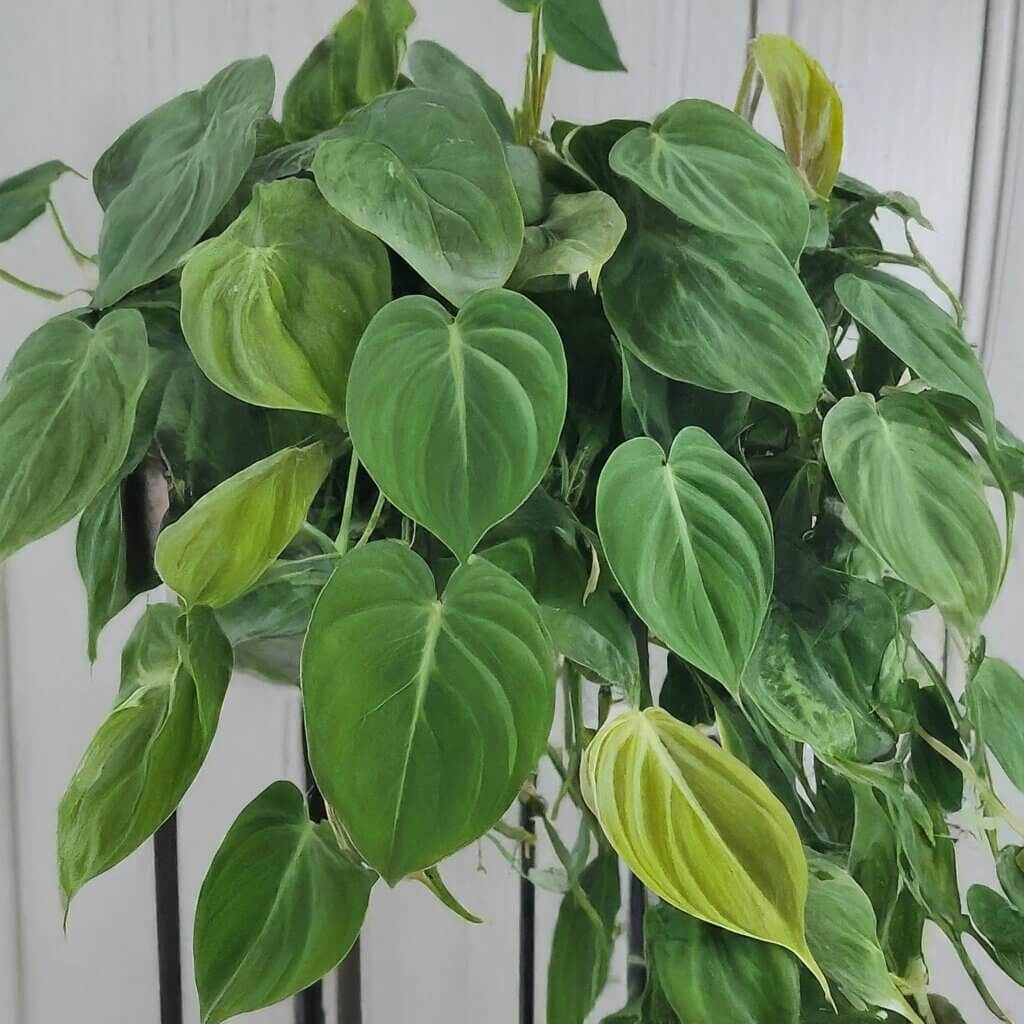
-
Light Seekers: Light-loving plants, like succulents and cacti, will stretch and become leggy if deprived of sufficient sunshine. Position them near south-facing windows for optimal growth.
-
Indirect Light Dwellers: Many popular houseplants, including pothos and philodendrons, prefer bright, indirect light. East-facing windows or a few feet back from south-facing windows provide suitable lighting conditions.
-
Shade Tolerant Plants: Low-light tolerant plants, like snake plants and ZZ plants, can handle north-facing windows or areas with modest ambient light.
Remember: Throughout the year, the amount of natural light entering your home will fluctuate. Rotate your plants periodically to ensure even growth.
Watering Wisely: The Art of Hydration (watering indoor plants)
Watering is one of the most crucial aspects of house plant care. Overwatering is a frequent misstep that can lead to root rot and plant demise. Here are some tips to keep your plants hydrated without drowning them:
-
The Finger Test: Before watering, stick your finger into the soil. If the top inch feels dry, it’s time to water. If the soil feels moist, hold off on watering.
-
Watering Frequency: The frequency of watering will vary depending on the plant variety, pot size, and environmental conditions. Generally, houseplants require more watering during hot summer months and less during cooler winter months.
-
Watering Technique: Water your plants thoroughly until water runs out the drainage holes. This ensures the entire root system receives moisture. Avoid leaving your plant sitting in water, as this can lead to root rot.
Pro Tip: Consider using a moisture meter to gauge soil moisture levels.
Feeding Frenzy: Nourishing Your Indoor Oasis (fertilizer for houseplants)
Just like humans, plants require proper nutrition to thrive. Feeding your plants with a balanced houseplant fertilizer ensures they have the essential nutrients to flourish. However, don’t go overboard! Here’s a breakdown of fertilizer use for indoor plants:
-
Fertilizer Frequency: Most houseplants only need fertilizer during their active growing season, which typically falls between spring and summer. During this time, fertilize them once a month or according to the specific fertilizer instructions. Reduce or withhold fertilizer during the winter months when most plants experience slower growth.
-
Types of Fertilizer: There are various houseplant fertilizer options available, including liquid fertilizers, slow-release granules, and spikes. Liquid fertilizers offer quick nutrient delivery, while slow-release options provide a more gradual nutrient release over time. Spikes are a convenient option for beginners, but they may not be suitable for all plants.
-
Diluting is Vital: Always dilute liquid fertilizers according to the package instructions before applying them to your plants. Using fertilizer at full strength can damage the roots.
Pro Tip: Opt for organic fertilizers whenever possible. These are derived from natural ingredients and are less likely to harm your plants or the environment.
Pruning for Perfection: Shaping and Maintaining Your Indoor Jungle (pruning houseplants)
Regular pruning is essential for maintaining healthy and aesthetically pleasing houseplants. Pruning encourages new growth, improves plant shape, and removes dead or diseased foliage.
-
Pruning Tools: Invest in a pair of sharp pruning shears or secateurs for clean cuts.
-
What to Prune: Remove dead, diseased, or damaged leaves and stems. You can also prune leggy stems to encourage bushier growth. Pinch off spent flowers to promote new blooms on flowering plants.
-
Pruning Techniques: Always make clean cuts at a 45-degree angle just above a node (the area where leaves or branches emerge from the stem).
Pro Tip: Pruning can also be used to propagate new plants from stem cuttings. Research the propagation techniques specific to your plant variety.
Pest Patrol: Protecting Your Plants from Unwanted Guests (indoor plant pests)
While houseplants are generally low-maintenance, they can sometimes attract unwanted guests like aphids, spider mites, and mealybugs. Early detection and intervention are key to preventing pest infestations.
-
Regular Inspections: Regularly inspect your plants for signs of pests. Look for insects themselves, webbing on leaves, or stippling (tiny white dots) on the foliage.
-
Organic Pest Control Methods: For minor infestations, opt for organic pest control methods whenever possible. Try spraying your plants with insecticidal soap or neem oil solution. You can also use ladybugs, which are natural predators of aphids.
-
Severe Infestations: In cases of severe infestations, insecticidal sprays may be necessary. Always follow the product instructions carefully and prioritize using organic options whenever possible.
Pro Tip: Maintaining good air circulation around your plants can help deter pests.
Cultivating a Thriving Indoor Paradise (benefits of indoor plants)
Indoor planting is a rewarding hobby that not only beautifies your living space but also offers a multitude of benefits:
-
Improved Air Quality: Houseplants act as natural air purifiers, absorbing toxins and pollutants from the indoor environment.
-
Reduced Stress Levels: Studies have shown that interacting with plants can reduce stress and anxiety, promoting feelings of calmness and well-being.
-
Enhanced Concentration: The presence of plants in a room has been linked to improved focus and concentration.
-
Boosted Creativity: Surrounding yourself with nature, even indoors, can stimulate creativity and inspire new ideas.
Houseplant Care Tips/FAQs (house plant care tips, indoor planting)
Here are some frequently asked questions (FAQs) to help you navigate the wonderful world of indoor plants:
How do I take care of houseplants?
Taking care of houseplants involves providing them with the right amount of light, water, fertilizer, and placing them in a suitable location. This article provides a comprehensive guide on house plant care tips, including watering techniques, feeding schedules, and proper placement for various light conditions.
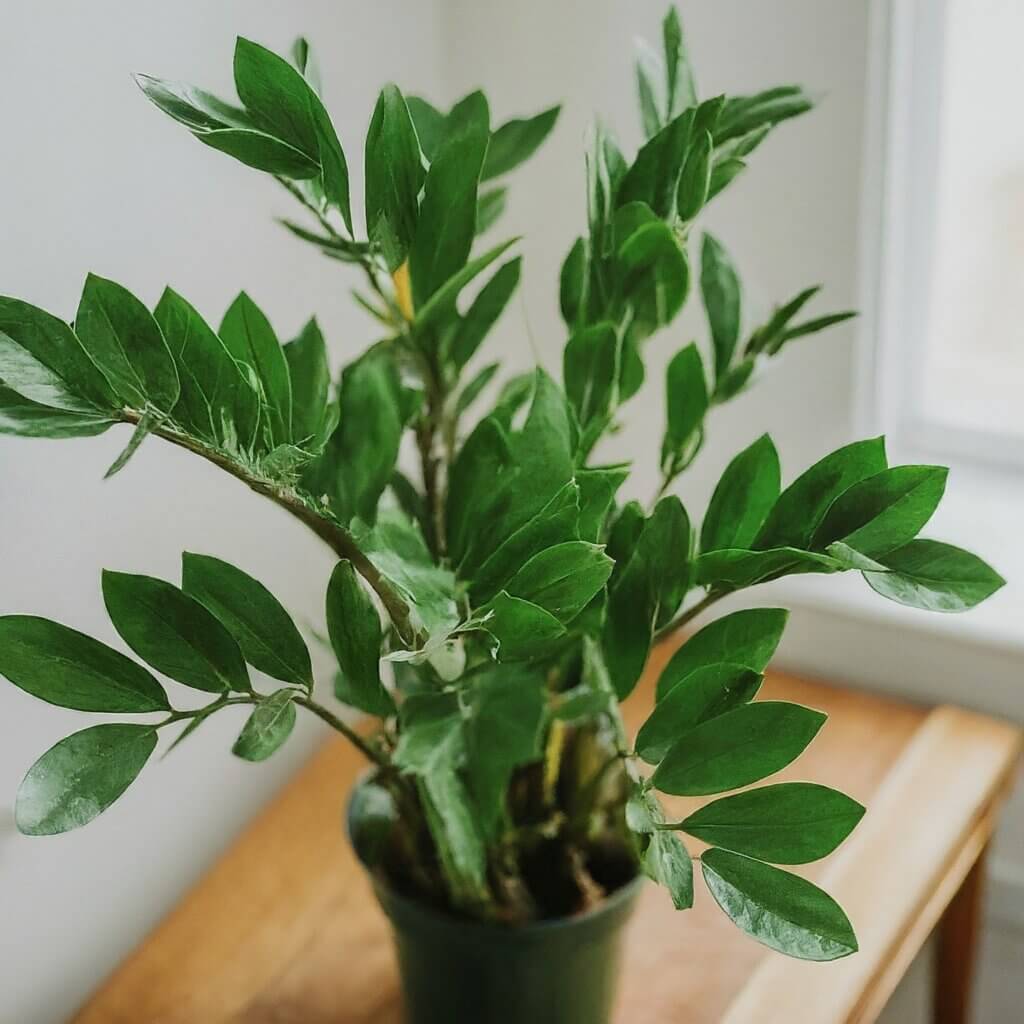
What is the best plant for indoors?
The “best” indoor plant depends on your preferences and living conditions. However, some popular and easy-to-care-for options include snake plants (Sansevieria trifasciata), ZZ plants (Zamioculcas zamifolia), pothos (Epipremnum aureum), and philodendrons (Philodendron spp.). These plants are generally tolerant of lower light levels and require minimal maintenance.
What do I need for indoor plants?
To nurture your indoor plant sanctuary, you’ll need the plants themselves, pots with drainage holes, suitable potting mix, and proper watering tools. Depending on the plant varieties you choose, you may also consider fertilizer, a mister for humidity-loving plants, and pruning shears.
What do you mean by indoor plants?
Indoor plants are a diverse group of houseplants specifically chosen to thrive inside our homes and offices. These plants come in a wide variety of shapes, sizes, and colors, and can add a touch of life and beauty to any indoor environment.
Does indoor plants need sunlight?
Yes, most indoor plants do need sunlight to survive and grow. However, the amount of light they require varies depending on the species. Some plants flourish in bright, indirect light, while others can tolerate lower light levels. This article explores different light requirements for various houseplants.
How long do indoor plants live?
The lifespan of indoor plants depends on the specific plant variety and the care it receives. With proper care, some houseplants, like snake plants and ZZ plants, can live for decades. Other plants may have shorter lifespans, but they can often be propagated to create new plants.
Which plant gives oxygen 24 hours?
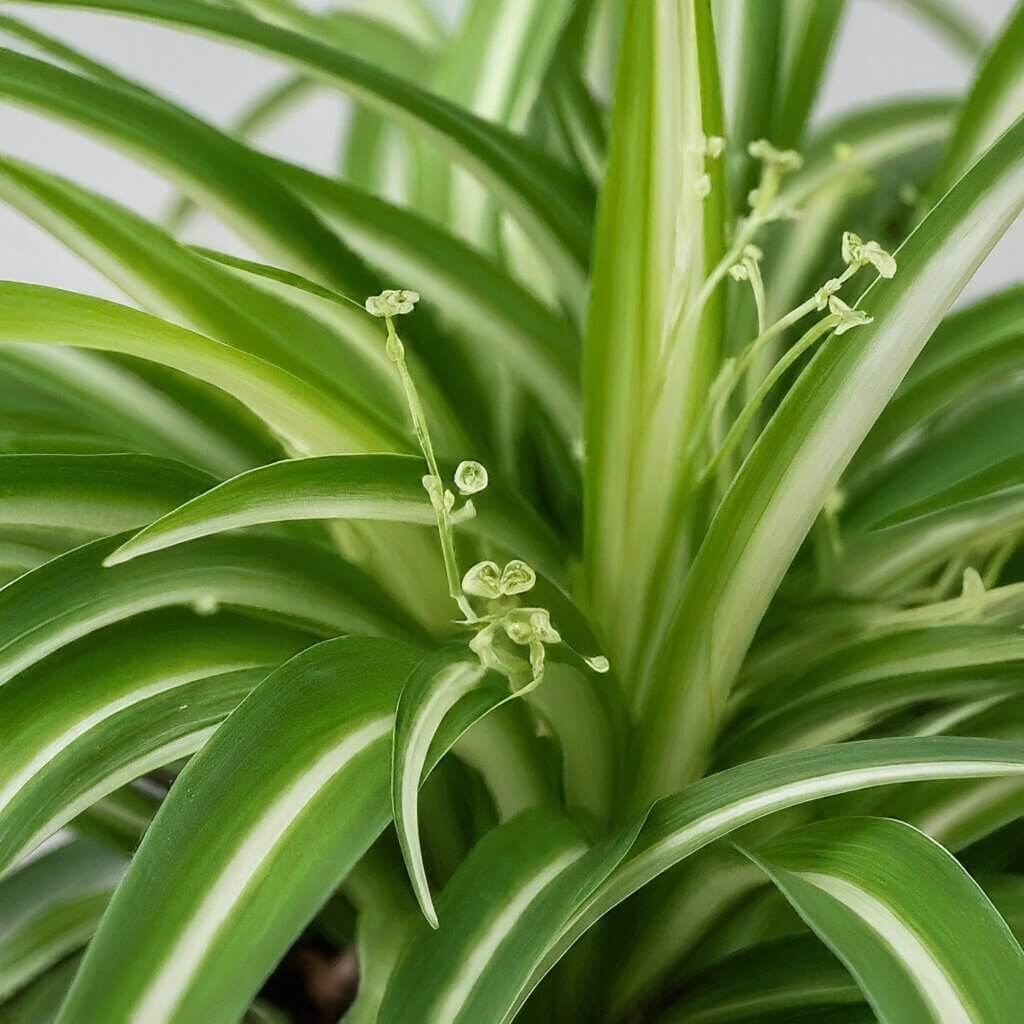
While some online sources claim certain plants produce oxygen 24/7, this is a misconception. Plants take in carbon dioxide during the day for photosynthesis and release oxygen. At night, they perform cellular respiration, which takes in oxygen and releases carbon dioxide.
Which plant gives more oxygen?
All healthy, actively growing plants contribute oxygen to their surroundings. Plants with larger leaf surfaces tend to produce more oxygen. Snake plants, spider plants (Chlorophytum comosum), and peace lilies (Spathiphyllum wallisi) are all excellent oxygen-producing houseplants.
Which indoor plant is good for oxygen?
Many indoor plants are beneficial for improving air quality by producing oxygen and absorbing toxins. Snake plants, pothos, philodendrons, and peace lilies are all popular choices for their air-purifying properties.
How can I make my indoor plants grow faster?
Providing your plants with the right amount of light, water, and fertilizer will encourage healthy growth. Here are some additional tips:
- Repot when rootbound: If your plant’s roots outgrow the pot, repot it into a slightly larger container with fresh potting mix.
- Maintain humidity: Use a pebble tray filled with water or a humidifier to increase humidity around moisture-loving plants.
- Rotate your plants: Regularly rotate your plants to ensure even growth on all sides.
What not to do with indoor plants?
Here are some common houseplant care mistakes to avoid:
- Overwatering: This is a leading cause of plant death. Water your plants only when the soil feels dry to the touch.
- Underwatering: While overwatering is more common, underwatering can also stress your plants.
- Insufficient light: Placing your plants in an area with inadequate light will hinder their growth.
- Fertilizing too frequently: Overfertilizing can damage plant roots.
Do indoor house plants need fertilizer?
Most houseplants benefit from occasional fertilization during their active growing season (typically spring and summer). Opt for a balanced houseplant fertilizer and follow the instructions for dilution and application frequency.
What is a fact about indoor plants?
Studies have shown that interacting with plants can reduce stress and anxiety, promoting feelings of calmness and well-being. Indoor plants can also help to improve air quality by absorbing toxins and pollutants.
What is another name for indoor plants?
Indoor plants are also sometimes referred to as houseplants or interior plants.
Why indoor plants? (benefits of indoor plants)
Indoor plants offer a multitude of benefits, including:
- Improved air quality: Houseplants act as natural air purifiers, absorbing toxins and pollutants like benzene, formaldehyde, and trichloroethylene from the indoor environment.
- Reduced stress levels: Studies have shown that interacting with plants can reduce stress and anxiety, promoting feelings of calmness and well-being. Taking care of houseplants can also provide a sense of accomplishment and nurture a connection with nature.
- Enhanced concentration: The presence of plants in a room has been linked to improved focus and concentration. Studies suggest that viewing plants can help restore mental fatigue and improve cognitive function.
- Boosted creativity: Surrounding yourself with nature, even indoors, can stimulate creativity and inspire new ideas. One study found that exposure to plants can enhance problem-solving skills and creative thinking.
- Increased humidity: Plants release moisture into the air, helping to combat dry indoor environments, which can irritate sinuses and skin.
Do indoor plants need heat?
Most houseplants prefer moderate temperatures between 65°F and 75°F (18°C and 24°C). Avoid placing them near drafts, radiators, or air conditioners. While they don’t necessarily need heat, protecting them from sudden temperature fluctuations is important.
Can a plant live without oxygen?
No, plants cannot live without oxygen. Plants take in oxygen during cellular respiration, a process necessary for growth and survival. During this process, they also release carbon dioxide, which we breathe.
Do plants need night time?
Yes, plants benefit from periods of darkness. During the night, they utilize the energy produced during photosynthesis through cellular respiration. This process allows them to grow and repair tissues. Most houseplants don’t require complete darkness, but several hours of low light at night are important for their health.
How often do you water indoor plants?
The frequency of watering depends on the plant variety, pot size, and environmental conditions. A good rule of thumb is to water your plants when the top inch of soil feels dry to the touch. Some plants, like cacti and succulents, prefer to dry out completely between waterings, while others, like ferns, enjoy consistently moist soil.
How do plants see us?
Plants don’t have eyes and cannot see us in the way humans do. However, they are sensitive to light and can detect changes in light intensity and direction. This sensitivity helps them track the sun’s movement and optimize photosynthesis.
What is the easiest houseplant to grow?
Many houseplants are considered easy to care for. Some popular low-maintenance options include:
- Snake plants (Sansevieria trifasciata): Tolerant of low light and infrequent watering.
- ZZ plants (Zamioculcas zamiifolia): Thrives in neglect and low light conditions.
- Pothos (Epipremnum aureum): Fast-growing and forgiving of underwatering.
- Spider plants (Chlorophytum comosum): Easy to propagate and adaptable to various light levels.
- Cast iron plant (Aspidistra elatior): Nearly indestructible and tolerates low light and infrequent watering.
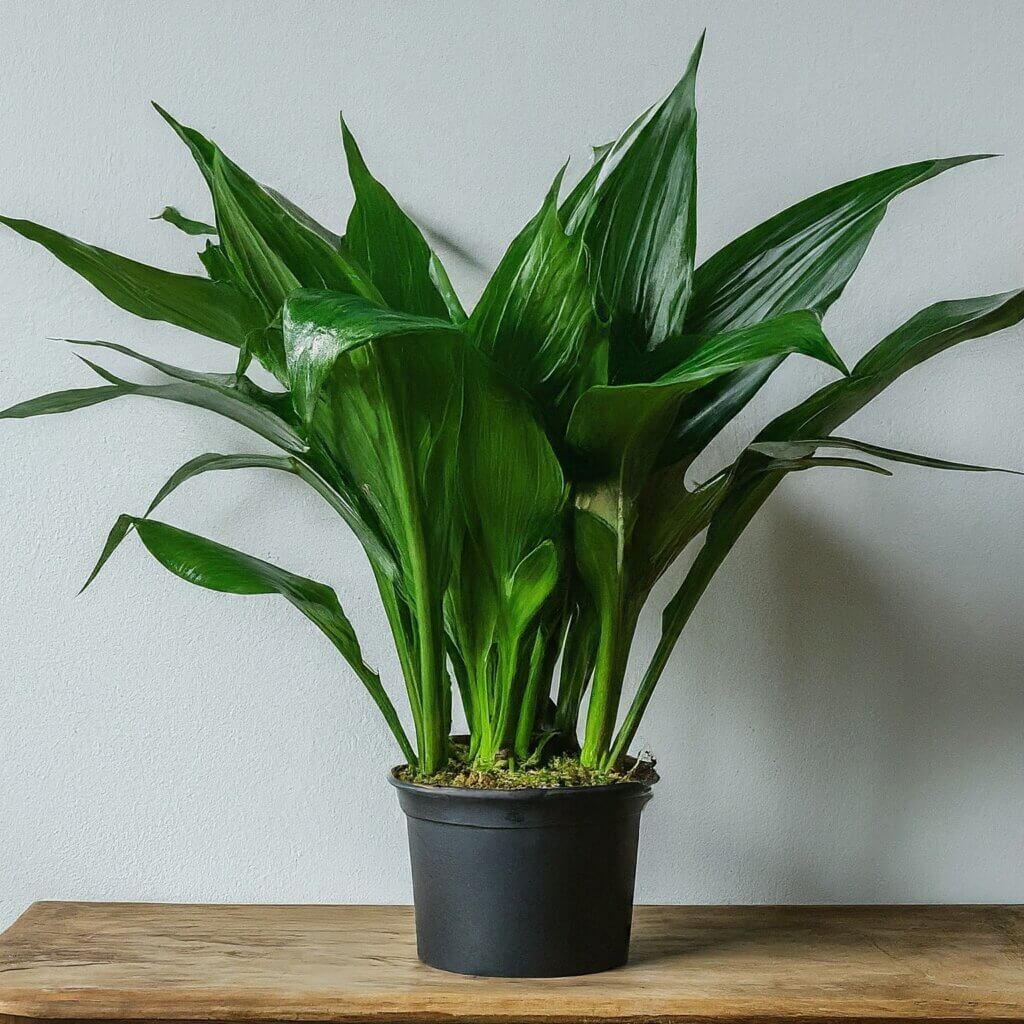
Commonly known as the cast iron plant or bar-room plant, Aspidistra elatior is a popular houseplant renowned for its resilience and tolerance for neglect.
With the knowledge gleaned from these house plant care tips, you’re well on your way to cultivating a thriving indoor paradise. Remember, the key lies in understanding your plants’ specific needs and providing them with the proper care. So, get planting, and enjoy the beauty and benefits that indoor greenery brings!
